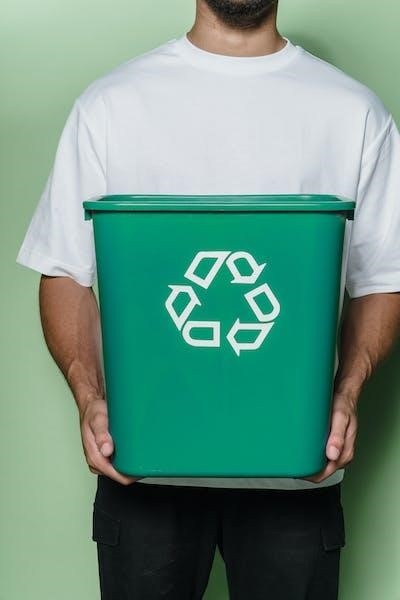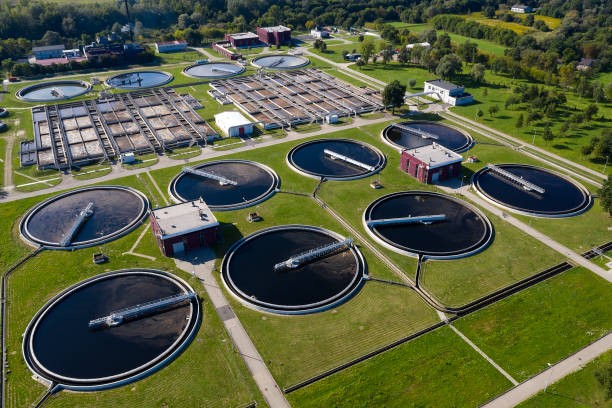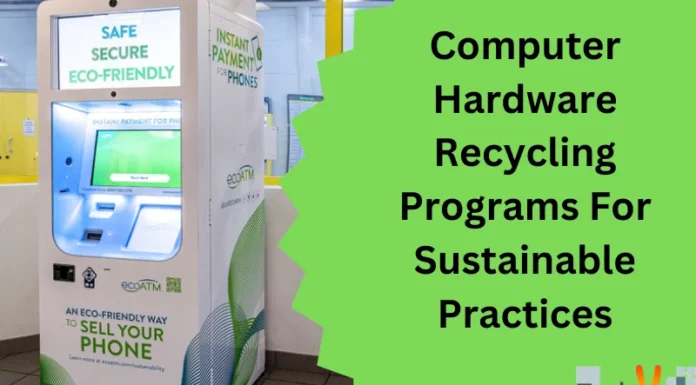E-waste is known as electronic products that are no longer needed, not working, or have reached the end of their “useful life.” Everyday electronic products include computers, televisions, VCRs, stereos, copiers, fax machines, etc. The ongoing issue of how to properly dispose of used and unwanted electronics is not a new one, dating back centuries. It is critical to reduce e-waste for both human and environmental health properly.
1. Donate Or Resell
Selling your working electronics is an easy way to manage e-waste. You can find a buyer on numerous websites, such as eBay or Craigslist. Many of these buyers intend to use, resell, or use/sell the parts. Otherwise, there are recycling and comparison websites that will offer you a price for your old electronics and also allow you to send them to be repurposed or recycled. By searching Google, you can easily find many places to donate your e-waste. You will not only help the environment, but you will also help someone in need.

2. Product Lifespan
When you’re ready to buy a new product, check the product lifespan and do some research. Check that it won’t break easily or become damaged soon after you buy it. It is common practice in the electronics industry to design products with shorter life spans to earn more money in the long run when they break or malfunction. As a result, it is recommended that you look for products that have a long lifespan.

3. Rent Instead Of Buying
If you intend to use a specific electronic equipment for a limited time, renting it rather than purchasing it is a better option. Renting equipment is a cost-effective and environmentally friendly option because you only pay for the time you use it rather than purchasing it outright and letting it rot after one or two uses. So, if you only need a product for a short period of time, rent it instead.

4. Buy Energy Star Rated Products
The EPA has an Energy Star Program that offers rebates when old appliances are recycled and new Energy Star models are purchased. Energy Star appliances are not only better for the environment, but they also use less electricity, saving you money on your utility bill. When purchasing a washing machine, refrigerator, microwave, oven, or air conditioner, look for Energy Star models.

5. Recycle
Improperly disposed of e-waste is becoming increasingly dangerous. As a result, major brands like Apple, Samsung, and others have begun to offer customers recycling options for old electronics. You may even be compensated financially for recycling your old devices! Recycling old electronics allows the reuse of the expensive electronic components contained within. This can save a significant amount of energy.

6. Consume Less
Every year, consumers in developed countries spend billions of dollars on new electronics, only to dump the old ones in landfills. These days, upgrading is a popular trend. People nowadays change their electronics as frequently as they do their clothes. Before purchasing new electronics, it is critical to consider your options carefully and to recycle or donate your old devices whenever possible. Reduce your consumption to help reduce your environmental impact. Think wisely before acting.

7. Organize Your Possessions
Organizing your belongings may appear to be a difficult task, but it can help to reduce e-waste. When you take the time out of your schedule to sort your things and get rid of clutter, you’ll be surprised at how much easier it is to find things. You will also be able to recycle or donate unwanted items, keeping them out of landfills. Furthermore, decluttering your space will allow you to see what items you need and use, allowing you to make more purchases.

8. Repairing
Although it may be tempting to replace a broken electronic with a new model, doing so increases your e-waste. Another clever way to reduce your electronic waste is to repair broken devices. These can range from replacing cracked screens to simply purchasing new covers to update the look of your device. There are various sites where you can also learn how to handle basic device repairs for free. If you repair your broken electronics, then you can use them for longer periods while avoiding the need to purchase a new device, which will also lead to the abandonment of the old one.

9. Check E-Cycling Centers
Look into your state’s e-cycling centers to help reduce electronic waste. Municipal as well as commercial and for-profit facilities accept e-waste. Many people are unaware that their state may have laws and regulations to help with e-waste management. Check the website or call your local e-cycling center to find out what electronics they accept and how to recycle them properly. To ensure the security of your personal information, you can also inquire about the types of data destruction services they offer.

10. Use Of Cloud Services
We make significant investments in storage devices such as hard discs, USB drives, memory cards, etc. To save the information or expand memory. The disadvantage is that these devices are causing massive amounts of electronic waste that no one could have predicted. Cloud storage can help reduce e-waste because it allows us to access our data anywhere. Cloud storage is completely free, and no storage devices must be carried with you at all times.


















